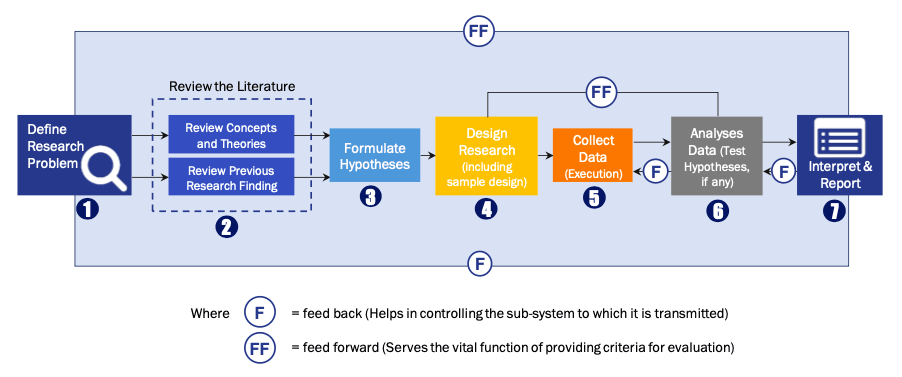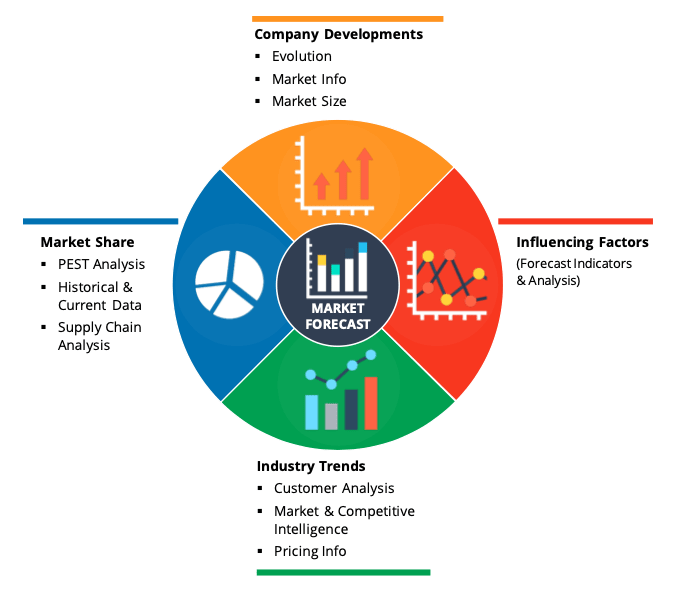The Global Talent Acquisition Software Market is expected to grow from USD 1,712.47 million in 2018 to USD 3,175 million by 2026 at a CAGR of 8.2% during the forecast period from 2018-2026.
The Global Talent Acquisition Software Market was valued at USD 1,712.47 million in 2018, is projected to reach USD 3,175 million by the end of 2026, exhibiting a CAGR of 8.2%. Increasing demand for real-time employee engagement and fuelling demand for long-term human resources are the major factors attributed to the growth of the talent acquisition software market.
Additionally, significant growth in adoption of cloud-based talent acquisition software and growing emergence of social platform also fuels the demand for talent acquisition software market during the forecast period. The introduction of various other tools which includes candidate searching, advertisement management, candidate relationship management, and integration of LinkedIn and Facebook is also projected to contribute to the growth of the talent acquisition software market during the forecast period.
Market Overview:
Talent acquisition software is used for finding as well as acquiring a skilled workforce as per the requirements in organizations. It is a primary process to find specialists, leaders, or future executives for an organization. Talent acquisition inclines to attention on long-term human resources planning as well as finding appropriate applicants for positions that need a very specific skillset. Talent acquisition software helps a company in leveraging video, social, and mobile technologies for handling talent lifecycle and end up with appropriate search of talent. Significant growth in the demand for big data analytics in human resource holds promising growth opportunity for the market.
The major key Vendors includes in the talent acquisition software market are LinkedIn (Microsoft), IBM, Cornerstone OnDemand, SAP, Oracle, Ultimate Software, ADP, iCIMS, Insperity, Upwork, WorkDay, Sage People, Peoplefluent and others.
Report Description:
Data Library Research are conducted by industry experts who offer insight on industry structure, market segmentations technology assessment and competitive landscape (CL), and penetration, as well as on emerging trends. Their analysis is based on primary interviews (~ 80%) and secondary research (~ 20%) as well as years of professional expertise in their respective industries. Adding to this, by analysing historical trends and current market positions, our analysts predict where the market will be headed for the next five years. Furthermore, the varying trends of segment & categories geographically presented are also studied and the estimated based on the primary & secondary research.
In this particular report from the supply side Data Library Research has conducted primary surveys (interviews) with the key level executives (VP, CEO’s, Marketing Director, Business Development Manager and SOFT) of the companies that active & prominent as well as the midsized organization
FIGURE 1: DLR RESEARH PROCESS

Extensive primary research was conducted to gain a deeper insight of the market and industry performance. The analysis is based on both primary and secondary research as well as years of professional expertise in the respective industries.
In addition to analysing current and historical trends, our analysts predict where the market is headed over the next five years.
It varies by segment for these categories geographically presented in the list of market tables. Speaking about this particular report we have conducted primary surveys (interviews) with the key level executives (VP, CEO’s, Marketing Director, Business Development Manager and many more) of the major players active in the market.
Secondary ResearchSecondary research was mainly used to collect and identify information useful for the extensive, technical, market-oriented, and Friend’s study of the Global Extra Neutral Alcohol. It was also used to obtain key information about major players, market classification and segmentation according to the industry trends, geographical markets, and developments related to the market and technology perspectives. For this study, analysts have gathered information from various credible sources, such as annual reports, sec filings, journals, white papers, SOFT presentations, and company web sites.
Market Size EstimationBoth, top-down and bottom-up approaches were used to estimate and validate the size of the Global market and to estimate the size of various other dependent submarkets in the overall Extra Neutral Alcohol. The key players in the market were identified through secondary research and their market contributions in the respective geographies were determined through primary and secondary research.
Forecast Model
